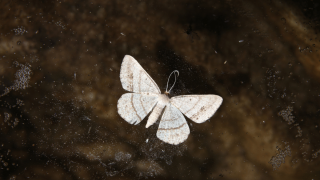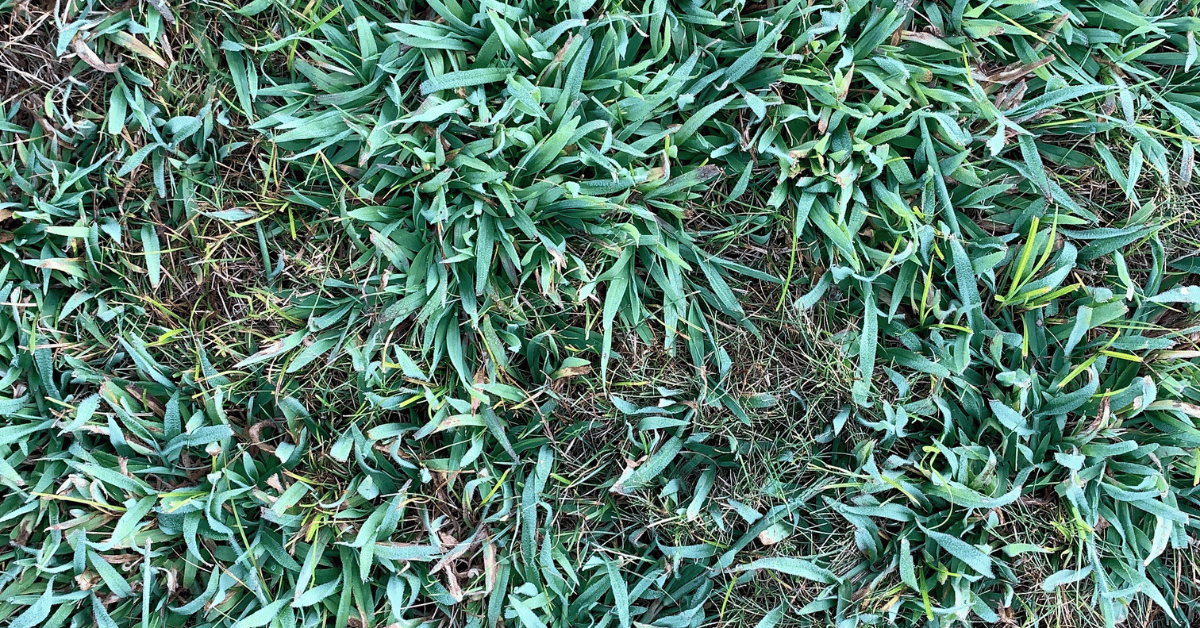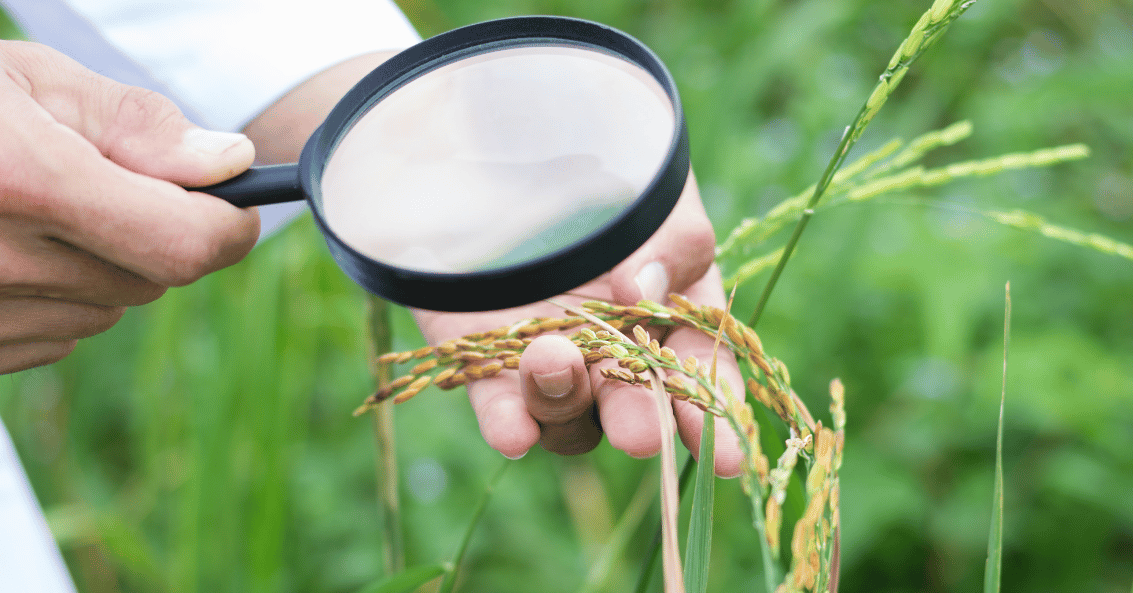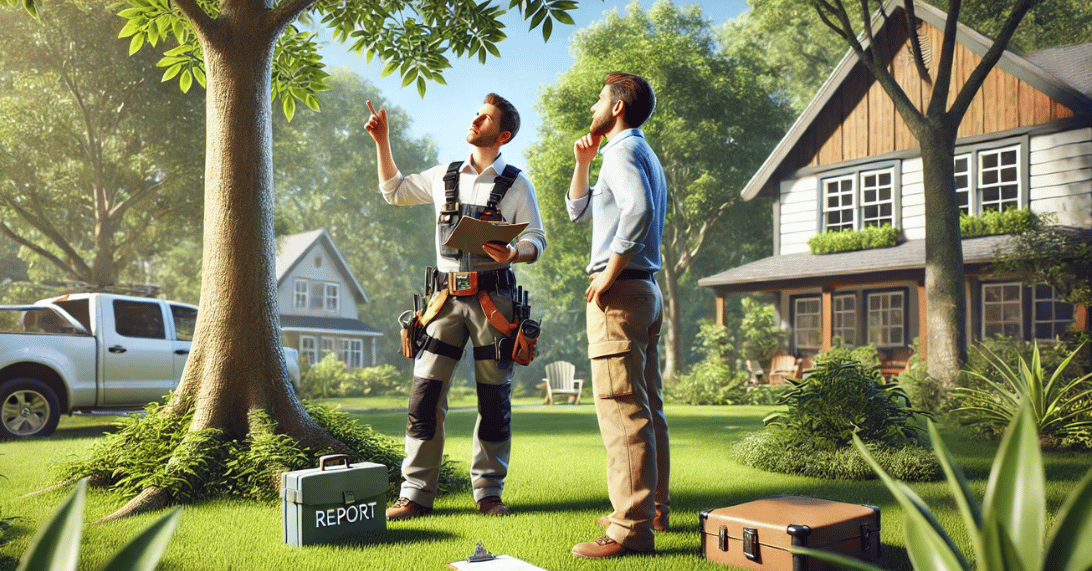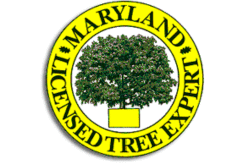If you’ve spotted a white or pale moth in your yard, you might be wondering what it is. While the term “albino moth” is often used casually, there isn’t a species officially called that. However, several white moth species are commonly mistaken for albino moths. Some of these can damage your trees and plants.
This guide will help you identify these white moths, understand their behavior, and learn what to do if they show up in your yard.
What Is an Albino Moth?
An “albino moth” usually refers to any moth that is completely or mostly white. True albinism is rare in moths. Most of the time, people are actually seeing one of several naturally white or pale-colored species.
Common white moths include:
- Satin Moth (Leucoma salicis)
This moth is silky white with black legs. It has a wingspan of about 1.5 inches. Satin moths are active from late spring to early fall. The larvae feed heavily on poplars and willows.
2. Fall Webworm Moth (Hyphantria cunea)
This moth is bright white and fuzzy. Some have small dark spots on their wings. You’ll notice their caterpillars more than the adult moths. They build web-like nests in trees and feed on the leaves.
3. White-Marked Tussock Moth (Orgyia leucostigma)
The adult female is flightless and pale gray or white. Males have wings and are darker. The caterpillars are colorful and very destructive to many tree species.
These are the types of moths most people refer to as “albino moths.” While they may look similar, their impact can be very different.
Behavior and Life Cycle
Most white moths go through the same basic life cycle. Understanding this can help you spot trouble early.
Egg Stage
Female moths lay eggs in clusters on the underside of leaves or on tree bark. Depending on the species, eggs may hatch in days or overwinter and hatch in spring.
Larvae (Caterpillar) Stage
This is the most destructive stage. Caterpillars feed on leaves, sometimes defoliating entire sections of a tree. The fall webworm and satin moth caterpillars are especially harmful to deciduous trees like willows, aspens, and oaks.
Pupal Stage
Once they’re done feeding, caterpillars spin cocoons. They pupate in bark crevices, on the ground, or in leaf litter. This stage can last a few weeks or all winter.
Adult Stage
Adult white moths are more of a nuisance than a threat. They don’t eat and live only a short time, just long enough to mate and lay eggs.
You’ll most often see adult white moths fluttering near outdoor lights at night or resting on tree trunks during the day.
Impact of White or Satin Moths
While the moths themselves are harmless, their caterpillars can be a serious problem.
Defoliation
Caterpillars eat the leaves of trees, weakening the plant. A healthy tree can survive one season of defoliation. But repeated attacks, especially during drought or poor soil conditions, can kill branches or the whole tree.
Aesthetic Damage
Webworms build large, messy nests on tree branches. These webs are unsightly and can turn a beautiful yard into a mess in a matter of weeks.
Weakened Tree Health
When trees are stressed by insect damage, they become more vulnerable to other problems. This includes disease, fungus, and further pest infestation.
If you see nests, feeding damage, or large groups of caterpillars, take action quickly.
Identification and Characteristics of White Moth Species
If you think you’ve spotted an “albino moth,” look closer to identify it properly.
Here’s what to check:
- Size: Satin moths are larger than fall webworms.
- Leg color: Satin moths have black legs. Most others have white or pale legs.
- Wings: Are there spots? Is the moth fuzzy or smooth?
- Nearby Damage: Check for nests, chewed leaves, or stripped branches.
Still unsure? That’s where we come in.
Why It Matters
Correct identification helps guide treatment. Not every white moth is harmful, but if it’s a species like the satin moth or webworm, you’ll want to act fast.
Don’t just spray chemicals or trim branches blindly. A targeted solution from a certified arborist is safer and more effective. We know the difference between a minor issue and a serious threat.
When to Call an Arborist
If you see white moths and aren’t sure what they are, or notice caterpillars and silky nests on your trees, it may be time to call a professional. Even if the damage isn’t severe yet, early action can save your tree from long-term harm. Defoliation from past seasons can return stronger if untreated. An arborist knows how to identify pests, spot early symptoms, and apply the right solutions. Regular checkups also help keep your trees strong and healthy throughout the year.
At Strobert Tree Services, our certified arborists inspect your property and create a plan to address the issue. Whether that means pruning infested limbs, treating pests, or boosting your tree’s overall health, we’ve got the tools and experience to help. We also offer year-round care to stop problems before they start.
Final Thoughts
If you’ve spotted what looks like an albino moth, don’t panic. It may be harmless, but it may not. The real danger lies in the larvae. These caterpillars can damage or even kill your trees if left unchecked.
Whether you’re seeing white moths, messy webs, or early signs of leaf loss, Strobert Tree Services can help. We’ll determine the issue you’re facing and recommend the most suitable solution.
Call us today for a free consultation.
We serve homeowners in Delaware, Pennsylvania, and New Jersey. Our certified arborists are here to protect your trees and your peace of mind.


